Driven by 1970s utopian visions, FUUR designs a hybrid venue that invites white-collar workers and dreamers alike to consume food, drinks and art in unexpected ways.

September 7th, 2018
Can the form and function of a space transcend labels to become its own? Gathering art, music, food and drink under one roof, multi-concept venue Telok Ayer Arts Club designed by FUUR Associates unites kindred spirits beyond the conventional notions of a commercial space.
FUUR drew inspiration from built works of the 1970s that fuse art and architecture – specifically, Casa Gilardi by Luis Barragan (Mexico City); Walden 7 by Ricardo Bofill (Barcelona, Spain); the ’70s conceptual art and architecture of Superstudio; and Cave House by Fernando Higueras (Madrid, Space). With these references in mind, FUUR devised a “’70s modernism remixed” theme for the Telok Ayer Arts Club.
A full-length window of modest proportion reveals the soul of the space, sitting between two curved mini brutalist structures. Clad in terracotta tiles of varying tonality, these curvaceous walls call out memories of old red brick buildings with a modern interpretation. Cultural junkies enter the 95-square-metre space through a door made of 100-year-old teak reclaimed from old village houses in Chiang Mai – a material language that continues internally.
Inside, the space is anchored by a handmade terrazzo counter with marble and glass infills. A sleek lighting structure runs across the bar. Complementing the bar are customised stools upholstered with ‘Raf Simons for Kvadrat’ fabric with playful spot colours.
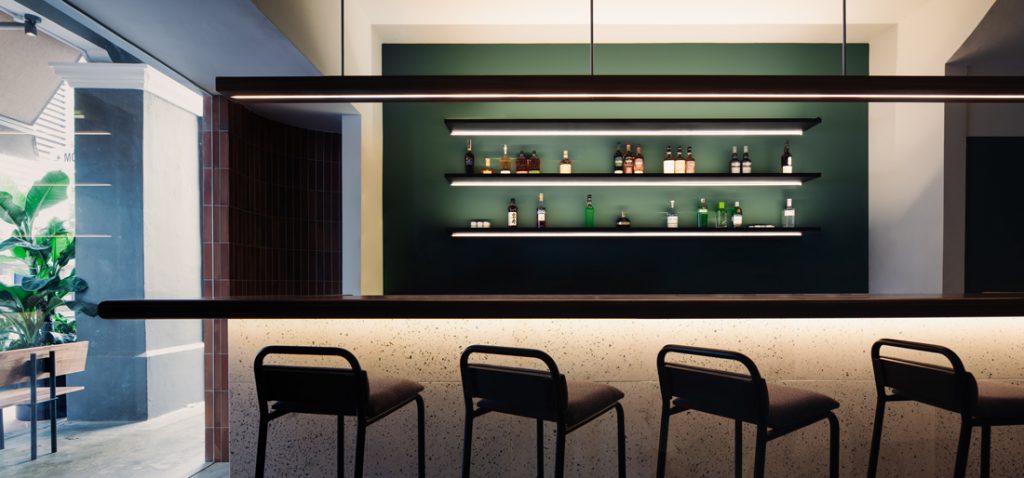
Telok Ayer Arts Club was conceived to come alive as artist residencies and cultural happenings unfold within – made possible through a close collaboration between the creators, curators and designers who took into consideration the changeable programming when designing the space.
“The strategy was to make the space flexible enough for artists of any medium to work. Each featured artist is encouraged to use the space as a creative canvas to make site-specific installations or performances,” says Chia. Neutral cement flooring and clean walls enable flexible programming.
Telok Ayer Arts Club is minimalist and baroque, avant-garde yet humane at the same time, approaching an abstract concept with openness so anybody can feel comfortable engaging with the programming of the space. Outside, an outward-facing park bench sits alongside the five-foot way, paying homage to the notion of street furniture – public ‘installations’ made for all.
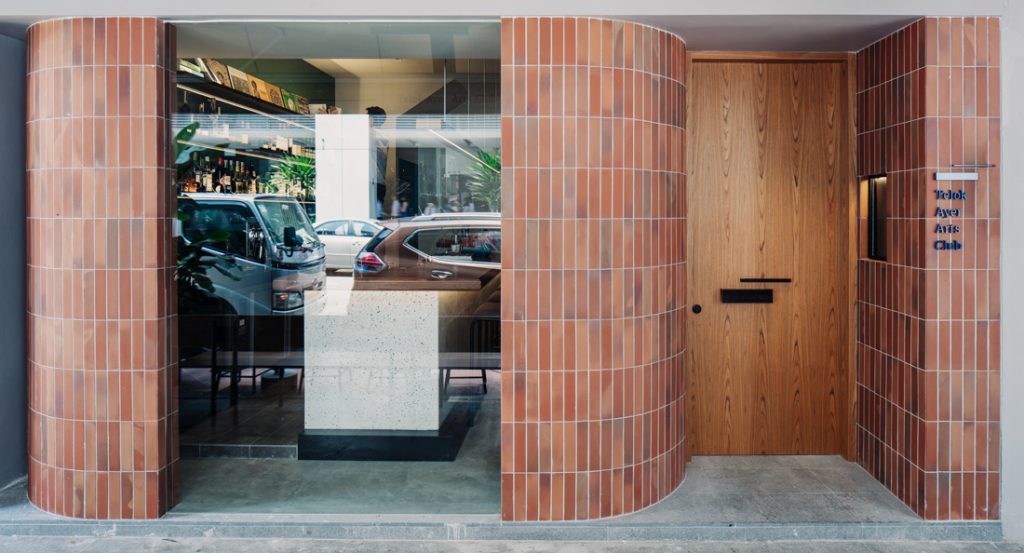
Photography by Khoo Guo Jie / Studio Periphery.
INDESIGN is on instagram
Follow @indesignlive
A searchable and comprehensive guide for specifying leading products and their suppliers
Keep up to date with the latest and greatest from our industry BFF's!

In an industry where design intent is often diluted by value management and procurement pressures, Klaro Industrial Design positions manufacturing as a creative ally – allowing commercial interior designers to deliver unique pieces aligned to the project’s original vision.
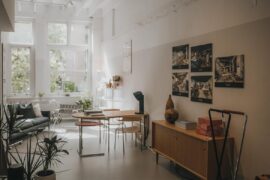
Sydney’s newest design concept store, HOW WE LIVE, explores the overlap between home and workplace – with a Surry Hills pop-up from Friday 28th November.
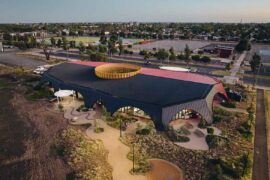
At the Munarra Centre for Regional Excellence on Yorta Yorta Country in Victoria, ARM Architecture and Milliken use PrintWorks™ technology to translate First Nations narratives into a layered, community-led floorscape.
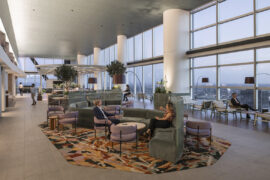
Designed by Woods Bagot, the new fit-out of a major resources company transforms 40,000-square-metres across 19 levels into interconnected villages that celebrate Western Australia’s diverse terrain.

Located in the former Madam Brussels rooftop, Disuko reimagines 1980s Tokyo nightlife through layered interiors, bespoke detailing and a flexible dining and bar experience designed by MAMAS Dining Group.
The internet never sleeps! Here's the stuff you might have missed

Eco Outdoor recently brought together developers, sustainability experts and local architects such as Adam Haddow to discuss design fundamentals, carbon targets and long-term thinking.

Making a splash on the hair spa scene, the latest project from X + O makes a little slice of Japan right at home in suburban Melbourne.